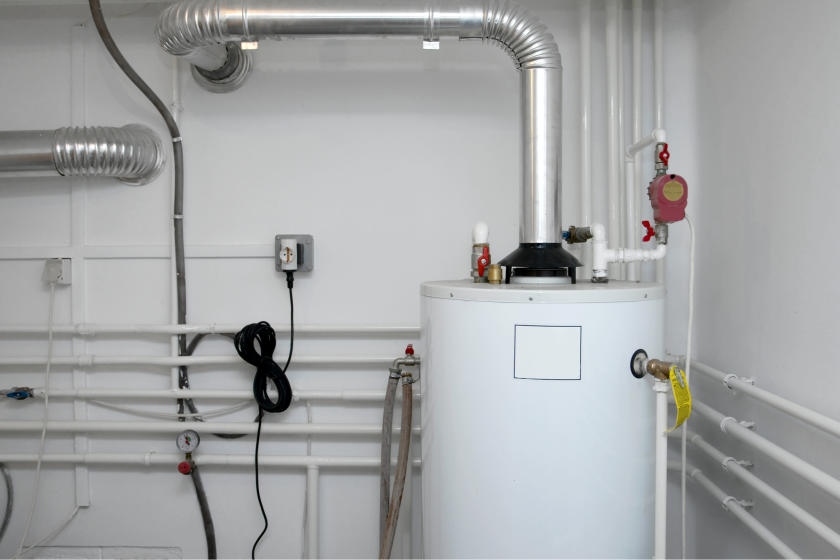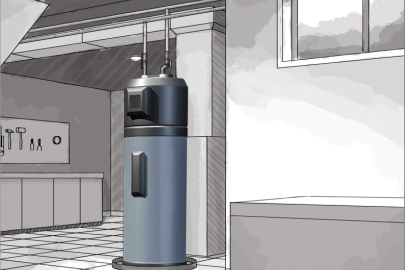Specialist Tips for Maintaining Your Home's Hot Water SystemImportant Care Techniques for Your Home's Hot Water System
Specialist Tips for Maintaining Your Home's Hot Water SystemImportant Care Techniques for Your Home's Hot Water System
Blog Article
Just about everyone has their unique rationale when it comes to Tips on Maintaining a Water Heater.

Warm water is important for everyday comfort, whether it's for a revitalizing shower or cleaning recipes. To ensure your warm water system runs efficiently and lasts much longer, regular maintenance is vital. This article gives sensible suggestions and understandings on exactly how to maintain your home's hot water system to prevent disturbances and costly repair work.
Intro
Keeping your home's warm water system might seem overwhelming, but with a few straightforward actions, you can ensure it operates smoothly for many years ahead. This guide covers whatever from understanding your warm water system to DIY maintenance ideas and understanding when to contact specialist aid.
Importance of Preserving Your Warm Water System
Normal upkeep not just extends the lifespan of your hot water system but likewise ensures it operates efficiently. Overlooking maintenance can result in reduced efficiency, greater power costs, and also early failing of the system.
Signs Your Warm Water System Demands Upkeep
Recognizing when your warm water system requires focus can protect against significant concerns. Keep an eye out for indicators such as irregular water temperature level, odd sounds from the heating system, or corroded water.
Recognizing Your Hot Water System
Before diving into maintenance tasks, it's useful to understand the basic components of your hot water system. Typically, this includes the water heater itself, pipes, anode poles, and temperature level controls.
Month-to-month Upkeep Tasks
Routine regular monthly checks can assist capture small concerns prior to they intensify.
Flushing the Hot Water Heater
Flushing your water heater eliminates sediment build-up, boosting efficiency and lengthening its life.
Checking and Changing Anode Rods
Anode poles stop rust inside the storage tank. Inspecting and changing them when worn is vital.
Checking and Changing Temperature Settings
Adjusting the temperature level setups guarantees optimal efficiency and security.
DIY Tips for Upkeep
You can execute numerous maintenance jobs on your own to keep your hot water system in leading condition.
Checking for Leakages
Consistently check pipelines and links for leaks, as these can lead to water damages and higher costs.
Testing Stress Relief Valves
Examining the stress relief valve guarantees it works properly and prevents too much stress build-up.
Shielding Pipelines
Protecting hot water pipes lowers warmth loss and can save power.
When to Call an Expert
While DIY maintenance is beneficial, some problems require specialist competence.
Facility Problems Requiring Expert Help
Instances include significant leakages, electrical troubles, or if your hot water heater is consistently underperforming.
Regular Expert Upkeep Advantages
Professional maintenance can consist of extensive inspections, tune-ups, and guaranteeing compliance with safety and security requirements.
Verdict
Regular maintenance of your home's warm water system is important for performance, long life, and price financial savings. By complying with these pointers and understanding when to look for professional assistance, you can make sure a dependable supply of warm water without unanticipated disruptions.
Water Heater Maintenance: The Basics
Maintaining your water heater will ensure it operates efficiently and has a longer lifespan. Neglecting regular maintenance can lead to costly repairs and an even bigger chunk of your savings if you have to replace it sooner than necessary. But there’s good news: Most water heater maintenance tasks are relatively simple and easy for homeowners with basic DIY skills.
Flush the Water Heater
Over time, sediment and minerals can build up in the tank, reducing its efficiency and potentially causing damage. To flush the tank, turn off the power or gas supply, attach a hose to the drain valve near the bottom and open the valve to drain the water until it runs clear. Ideally, flush the tank annually.
Replace the Anode Rod
The anode rod is a sacrificial metal rod that helps prevent corrosion inside the tank. Inspect and replace it every three to five years or per the manufacturer's recommendation. To replace the anode rod, turn off the power or gas supply, drain a few gallons of water from the tank, unscrew the old rod and replace it with a new one. If the anode rod is significantly corroded or covered in calcium buildup, it's a sign the water heater may need to be replaced soon.
Tune-Up
A yearly tune-up can help identify potential issues and ensure your water heater operates at peak efficiency. This typically involves checking the thermostat, burner assembly (for gas heaters) and any other components specified by the manufacturer. During a tune-up, the technician may also clean the burner and adjust the pilot light (for gas heaters) or examine the heating elements (for electric heaters).
How to Maintain Your Water Heater
Insulate the tank. Insulating the tank can improve energy efficiency and reduce heat loss, saving you money on energy bills. You can purchase precut insulation blankets designed specifically for water heaters or use standard fiberglass insulation wrapped securely around the tank. Check the temperature. The recommended water temperature for most households is around 120 degrees Fahrenheit (49 degrees Celsius). Higher temperatures can increase energy costs and potentially cause scalding. Use a kitchen thermometer to check the temperature at the faucet nearest the water heater. Monitor water pressure. Excessive water pressure can strain the water heater and cause leaks or even tank failure. Install a pressure-reducing valve if necessary. The ideal water pressure range is between 60 and 70 PSI (pounds per square inch). Test the temperature and pressure (T&P) relief valve. The T&P relief valve is a safety feature that releases pressure if the tank gets too hot or the pressure builds up too high. Test it annually by lifting the lever and allowing a small amount of water to release. Replace the valve if it doesn't release water or reseal properly. Check for leaks. Regularly inspect the tank, pipes and fittings for leaks or corrosion. Deal with issues promptly to prevent further damage. Even a small leak can lead to significant water damage over time. Consider a tankless water heater. If your traditional tank-style water heater is nearing the end of its lifespan ( typically 10 years), consider replacing it with a tankless water heater. These units heat water on demand, reducing standby energy losses and potentially saving you money on your energy bills. Schedule professional maintenance. While homeowners can perform many water heater maintenance tasks, it's still a good idea to schedule professional maintenance every few years. A plumber or HVAC technician can thoroughly inspect the unit, identify potential issues and ensure it operates safely and efficiently. https://www.homeserve.com/en-us/blog/home-improvement/hot-water-heater-maintanence/

Do you really like reading up on How to Maintain a Hot Water Heater in a Few Simple Steps? Try leaving a short review down below. We'd be delighted to listen to your insights about this blog entry. We are looking forward that you come back again soon. Sharing is nice. One never knows, you could be helping someone out. I love your readership.
Book 24/7 Report this page